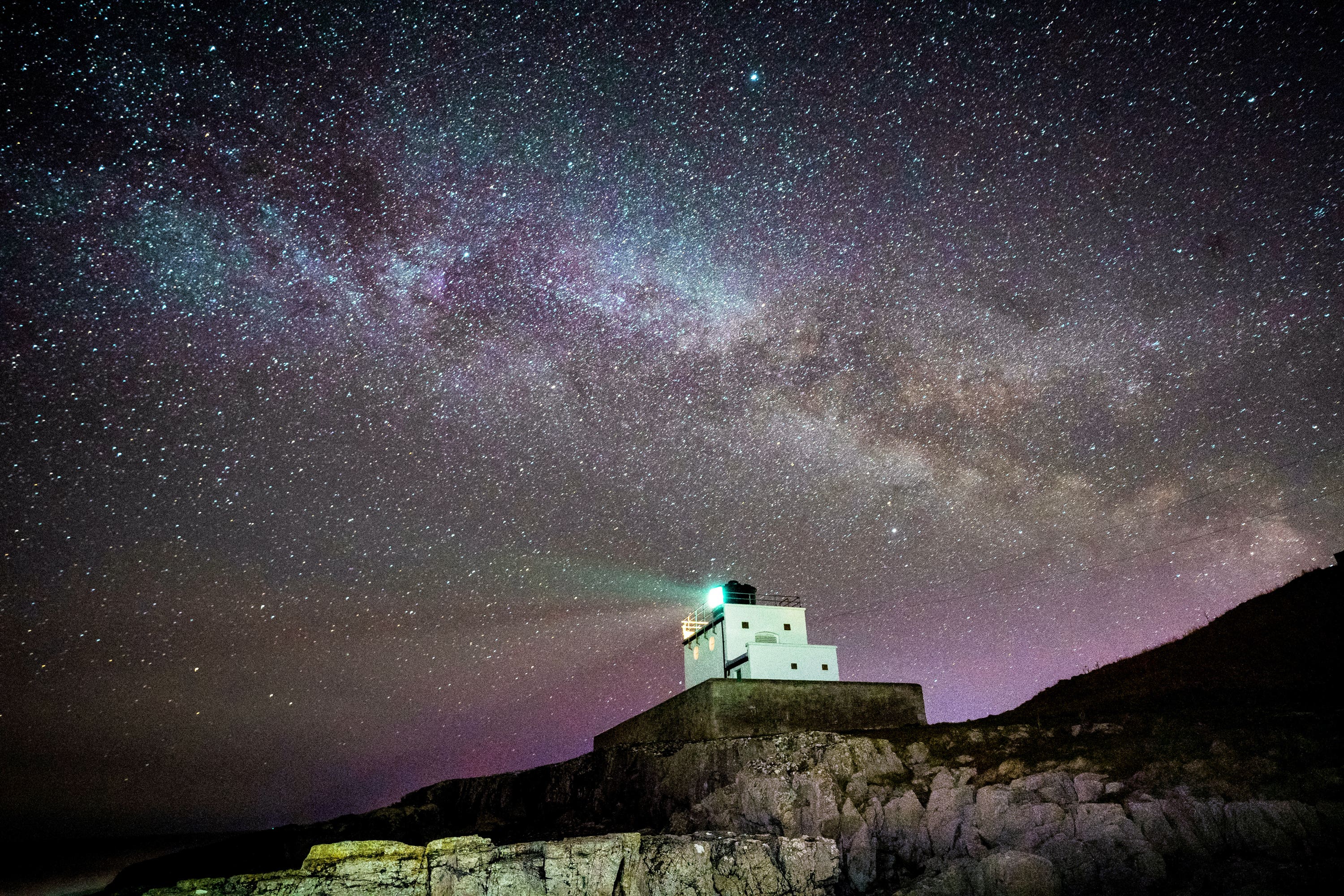Planets hosted by stars with low metallicity ‘may be more suitable for life’
Low levels of ultraviolet radiation are known to lead to low planetary ozone levels, and therefore less UV protection.

Planets in the habitable zones of stars that do not have a lot of metals in their atmosphere may be the best targets for the search for life, research suggests.
High levels of ultraviolet (UV) radiation may cause damage to the DNA in life forms.
On Earth, oxygen in the atmosphere and the ozone protect the planet from harmful UV levels from the sun.
However, the amount of UV radiation emitted varies from star to star.
Our findings imply that planets hosted by stars with low metallicity are the best targets to search for complex life on land
Low levels of UV radiation are known to lead to low planetary ozone levels, and therefore less UV protection.
Writing in Nature Communications, the researchers said: “During the evolution of the universe, newly formed stars have progressively become more metal rich, exposing organisms to increasingly intense ultraviolet radiation.
“Our findings imply that planets hosted by stars with low metallicity are the best targets to search for complex life on land.”
However, the influence of stellar metallicity – the abundance of elements heavier than hydrogen and helium in a star – on UV protection and whether or not a planet is habitable is unclear.
Anna Shapiro, from the Max Planck Institute for Solar System Research in Germany, and colleagues modelled the atmospheres of hypothetical Earth-like planets hosted by stars with a range of metallicities.
They found that the planets around metal-poor stars would have more UV shielding, which may have implications for potential life.
While metal-rich stars emit substantially less UV radiation than metal-poor stars, the surfaces of their associated planets are exposed to more intense UV radiation.
According to the researchers, planets orbiting metal-rich stars are less suitable for life despite receiving relatively less UV radiation.
Bookmark popover
Removed from bookmarks